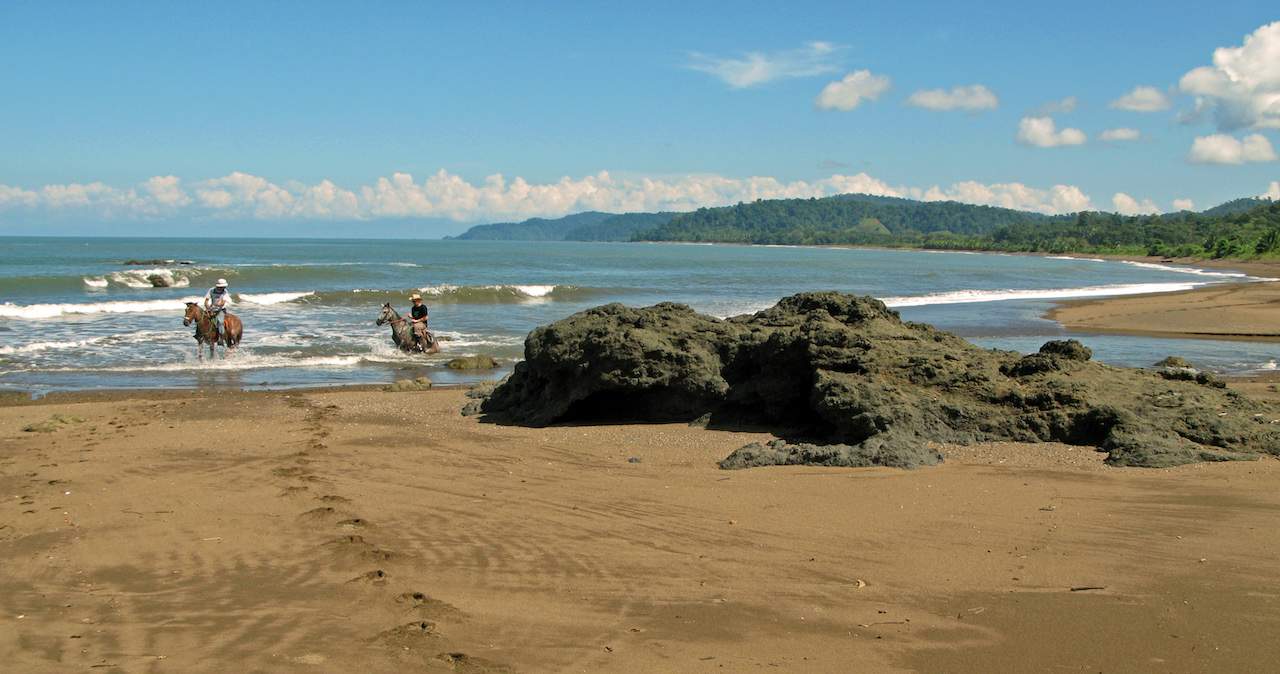Though a relatively small Central American country, Costa Rica, located on a thin stretch of land between Nicaragua and Panama is bordered by the Pacific Ocean and the Caribbean Sea. The two are split by a rugged mountain range forming a kind of spine. It’s nature at its best with idyllic beaches, lush national parks and sensational coastal contrasts. Add in a huge dollop of the national mindset of “pura vida” (pure life) and you have the makings of the ideal holiday.
One of the most beautiful and untouched regions is the Osa Peninsula in the south west of Costa Rica, bordering the Pacific Ocean to the west and the Golfo Dulce to the east.
Here’s our guide to the area, including Drake Bay and Puerto Jimenez.
Drake Bay
Drake Bay is located on the northern tip of the Osa Peninsula where more than half of Costa Rica’s wild life call home. The bay is named after the 16th century British explorer/pirate, Sir Francis Drake, who is rumoured to have buried his secret treasure here. If you are hoping to find it you’ll only be able to get there by boat or land your plane on a tiny airstrip.
There are also plenty of secluded beaches, and the two and a half hour hike to Playa San Josecito beach, which is fringed by lush, green jungle, is well worth it.
Other activities include zip lining, mountain biking and surfing.
Corcovado National Park
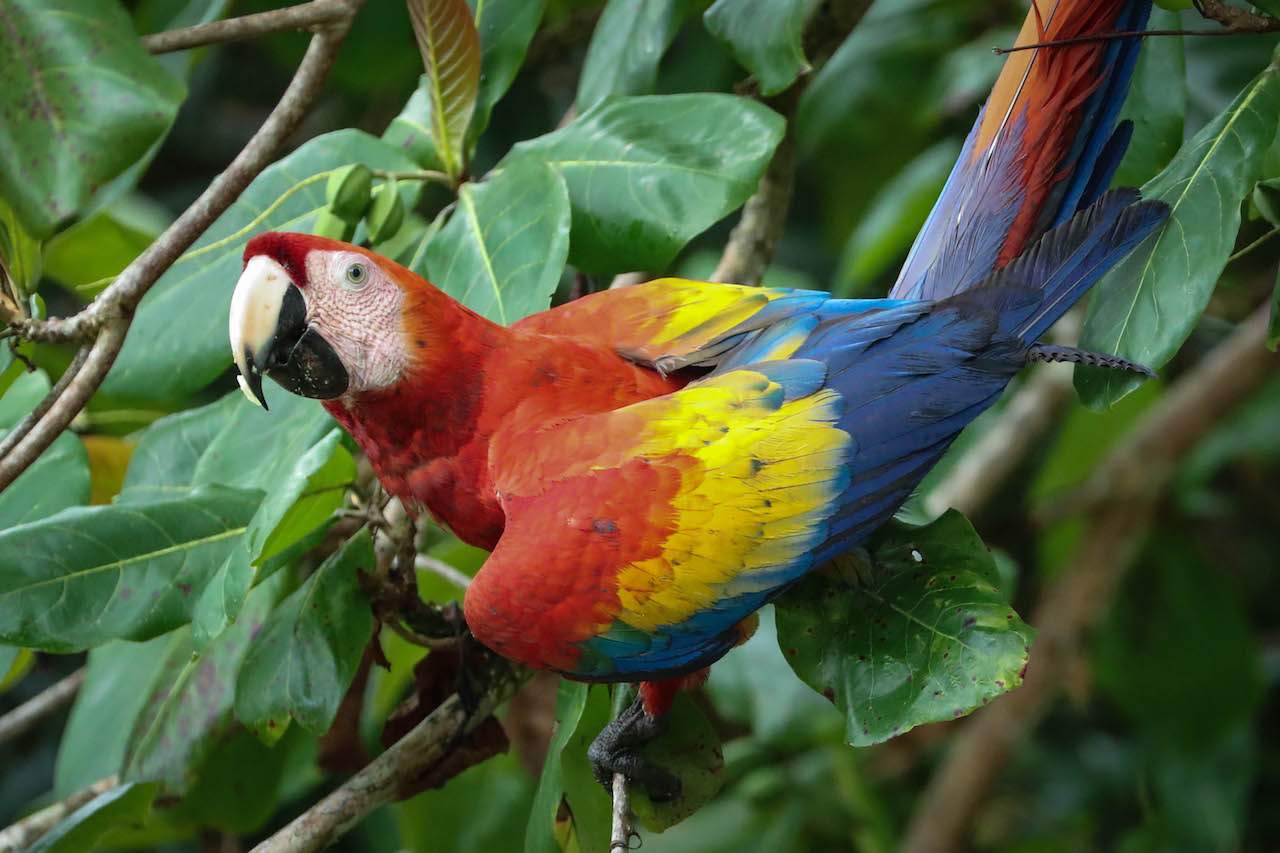
The colourful scarlet macaw (c) Sandy Kuiper
The national park has 164 square miles (265km2) of rainforests, which look like something out of a fairy tale: dense swathes of lush, green forest, magical waterfalls and tropical birds that flit through the air in a flurry of colour.
There are opportunities aplenty to spot wild cats (including jaguars and pumas), tapirs, crocodiles, peccaries, anteaters and four different types of monkey. Bird lovers can marvel at scarlet macaws, yellow-throated toucans and pale-billed woodpeckers, with their distinctive bright red heads.
It is so special that you can only go with a guide; this is an absolute highlight of a visit to the Osa Peninsula and not to be missed.
Matapalo
You can combine your visit to Corcovado National Park with a self-guided hike to nearby Matapalo, which is known for its abundance of spider monkeys. These rather amusing creatures, with their unusually long prehensile tails, spring through the forest canopy in a vast throng. You’ll also notice the distinctive deep-throated calls of the howler monkeys – the sound can travel for miles through the dense forest. The hiking trails also offer some lovely views of the Pacific Ocean.
Top tip: Wear a swimming costume underneath your clothes as you may wish to go for a swim at one of the waterfalls at Matapalo.
Cano Island Biological Reserve
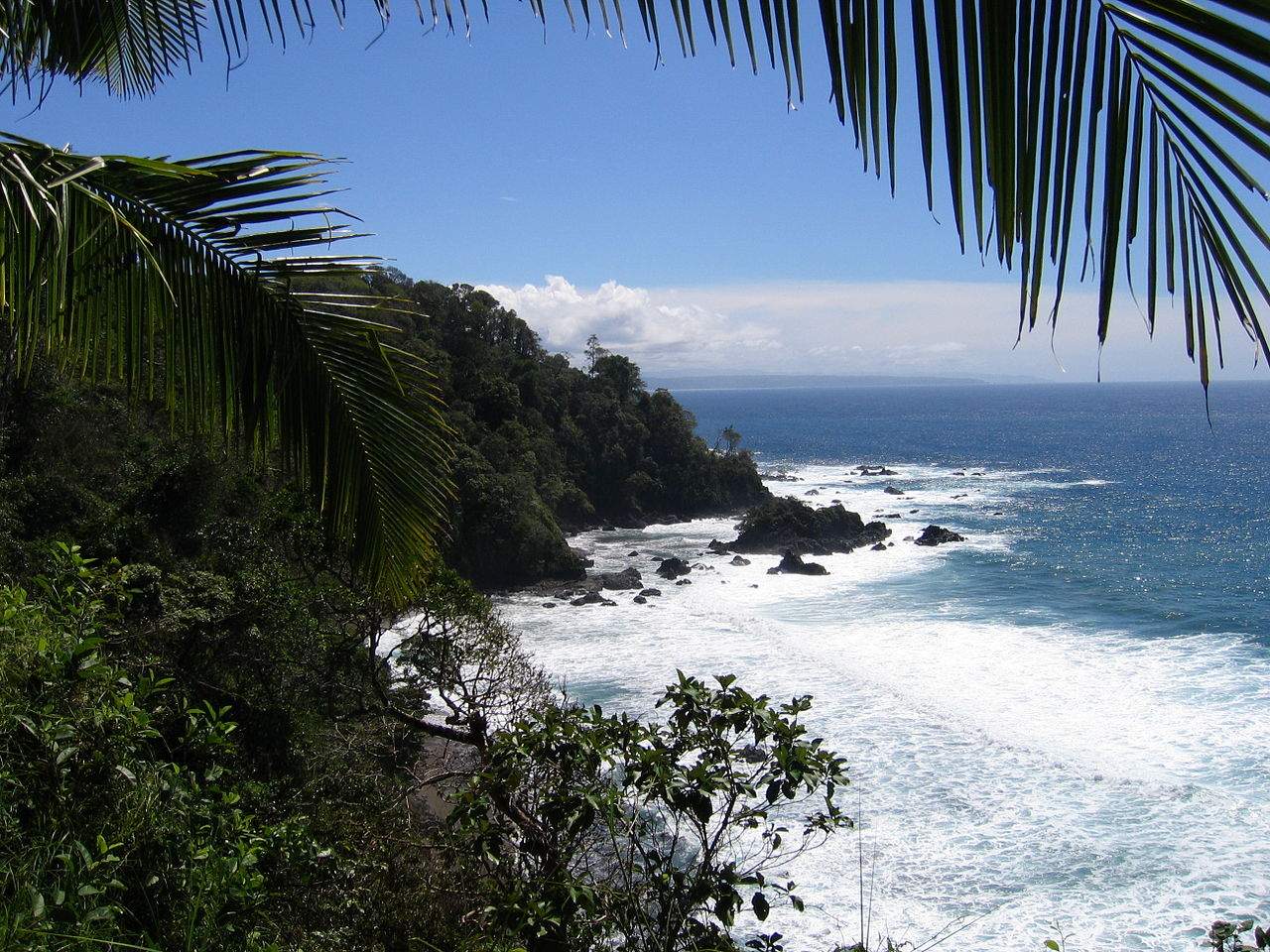
View from Cano Island (c) Peter Andersen
Fifteen miles offshore from Drake Bay is Cano Island, considered to be the premier spot for snorkelling and diving. Here, you’ll have the chance to swim through coral reefs and watch dolphins, whales, tropical fish and even sharks. Start early in the morning and enjoy a quiet swim (scuba diving numbers are regulated here) among sea turtles, manta rays and tuna.
Cano Island has an interesting history. In the pre-Columbian era it served as a cemetery or burial ground. Several hand carved and perfectly rounded stone spheres have been found and the island has yet to reveal all its secrets.
Puerto Jimenez
The modest seaside town of Puerto Jimenez (or “Jimenez” as it is known locally) is an unlikely tourist destination, with its dusty streets and off-the-grid location. Situated on the southeastern side of the Osa Peninsula, it overlooks the emerald waters of Golfo Duce and is home to an abundance of wildlife including scarlet macaws and white-faced capuchin monkeys. The main beach stretches all the way to the Rio Platanares Estuary, and the calm waters make it an ideal swimming spot.
Activities on offer include the Rancho Raices Chocolate Tour, kayaking and sports fishing. The two main attractions are Golfo Duce and Piedras Blancas National Park.
Golfo Duce
The protected inner coast of Golfo Duce (meaning “Sweet Gulf”) is one of the world’s only tropical fjords, and is the ideal location to try sea kayaking. Dolphins and seasonal whales are regular visitors to this part of the coastline where the water is clear and warm.
Piedras Blancas National Park
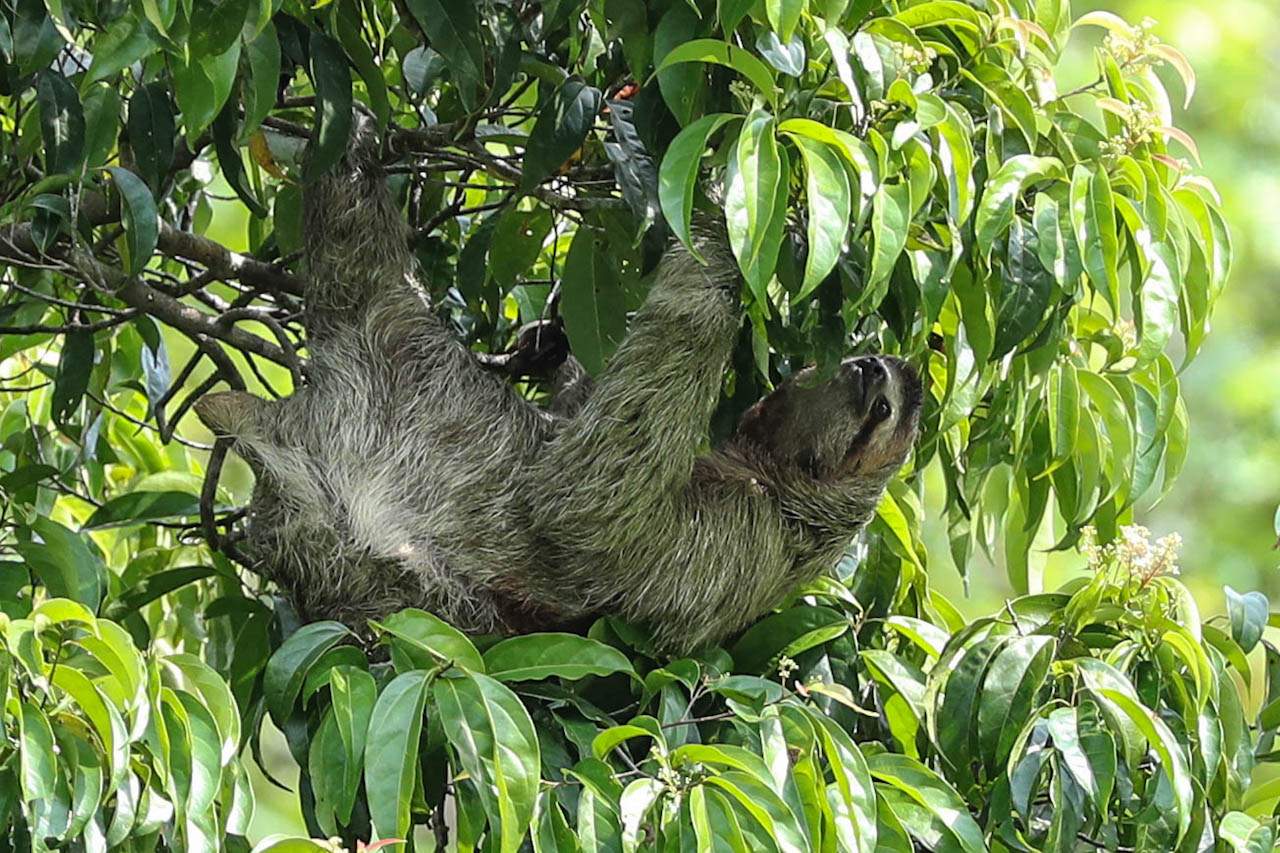
The rarest of creatures: the two-toed sloth (c) Sandy Kuiper
Take a ferry boat from Puerto Jimenez across the Golfu Duce to Piedras Blancas National Park, which is covered in dense, evergreen forest. Here, you can encounter racoons, ocelots, skunks, and if you’re lucky, the rare two-toed sloth. There are also 53 species of bats, including the blood-loving vampire bat.
Where to stay
The eco-luxury Drake Bay Getaway Resort is surrounded by the Osa Peninsula’s beauty. There are only five cabins, named quaintly after local flowers such as “Orchid” or “Passion” and all built on stilts with views over the bay. They are made from sustainably grown local teak and feature a large deck with sliding doors that open up to panoramic views of the Pacific Ocean.
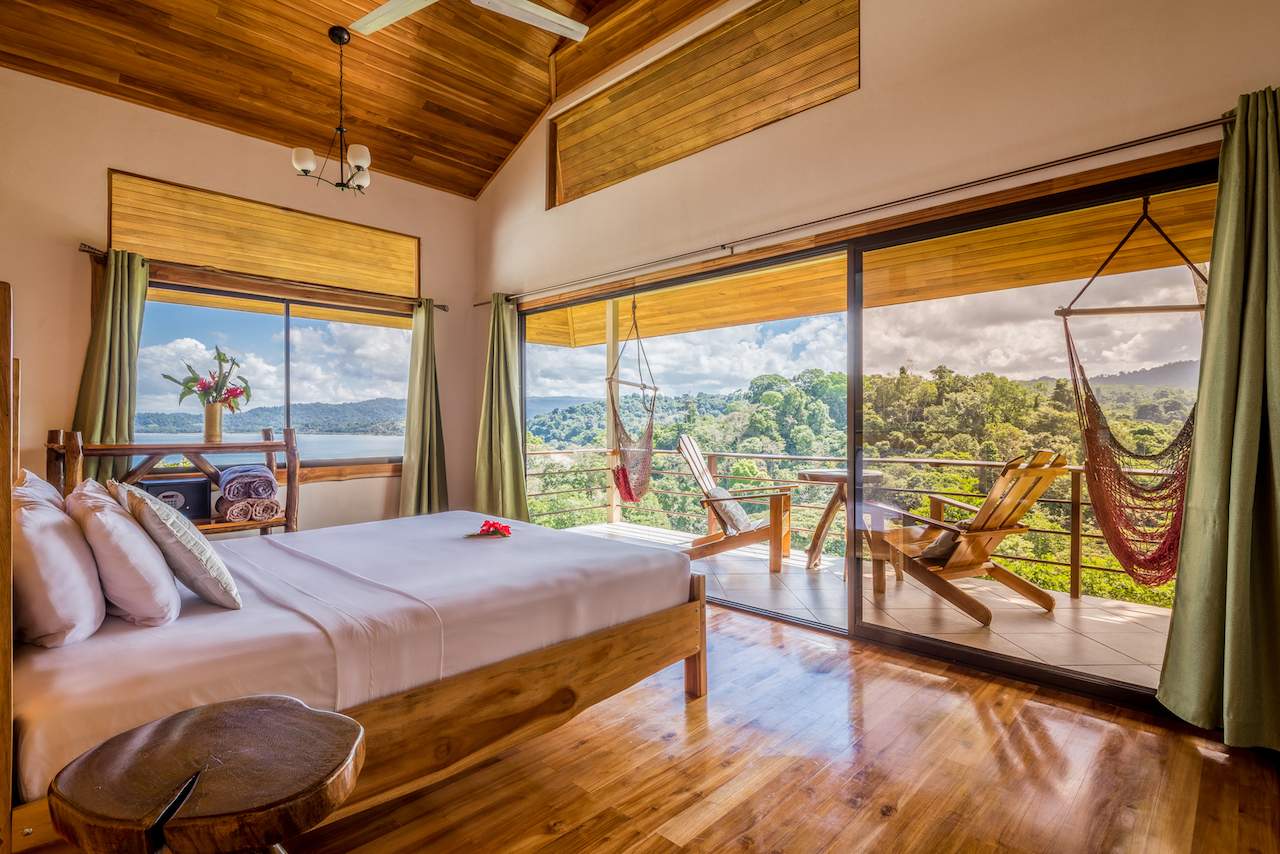
A room with a view (c) Drake Bay Getaway Resort
Prices start from £410 per night, including meals – made from local ingredients, such as yellowfin tuna. Also included is a laundry service, local transfers to the hotel and unlimited speciality coffee and fresh fruit smoothies.
Fact file
Currency: Local currency is the Costa Rican colon (₡) – ₡10,000 is equivalent to about £13 (€15/$17). It is available in ₡1,000 to ₡50,000 notes and ₡5 to ₡500 coins.
Language: Spanish
Climate: Dry, hot and humid – even in the rainy season (May-November) it only tends to rain for a few hours a day.
What to bring: Plenty of water, sun cream, insect repellent and a camera (preferably in a dry bag to protect it against moisture).
Getting there: Most travellers fly to Costa Rica’s international airport in San Jose (SJO). From there, you can reach the Osa Peninsula in 5-6 hours by car. Alternatively you can book a regional flight from San Jose to the Osa Peninsula airport in Drake Bay or Puerto Jimenez.

